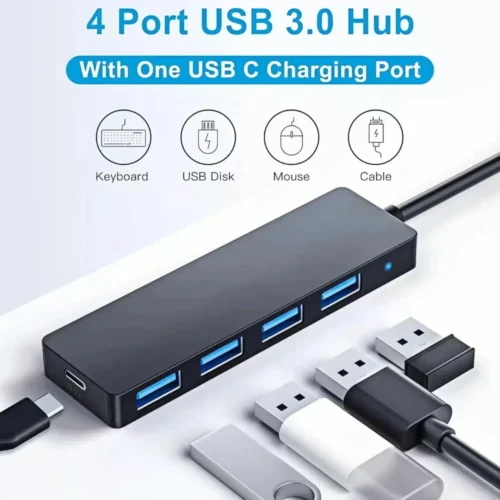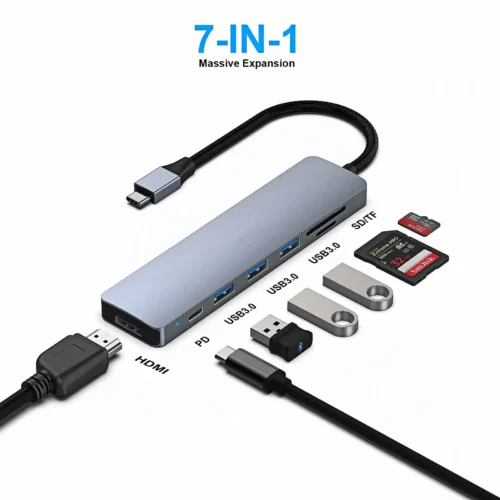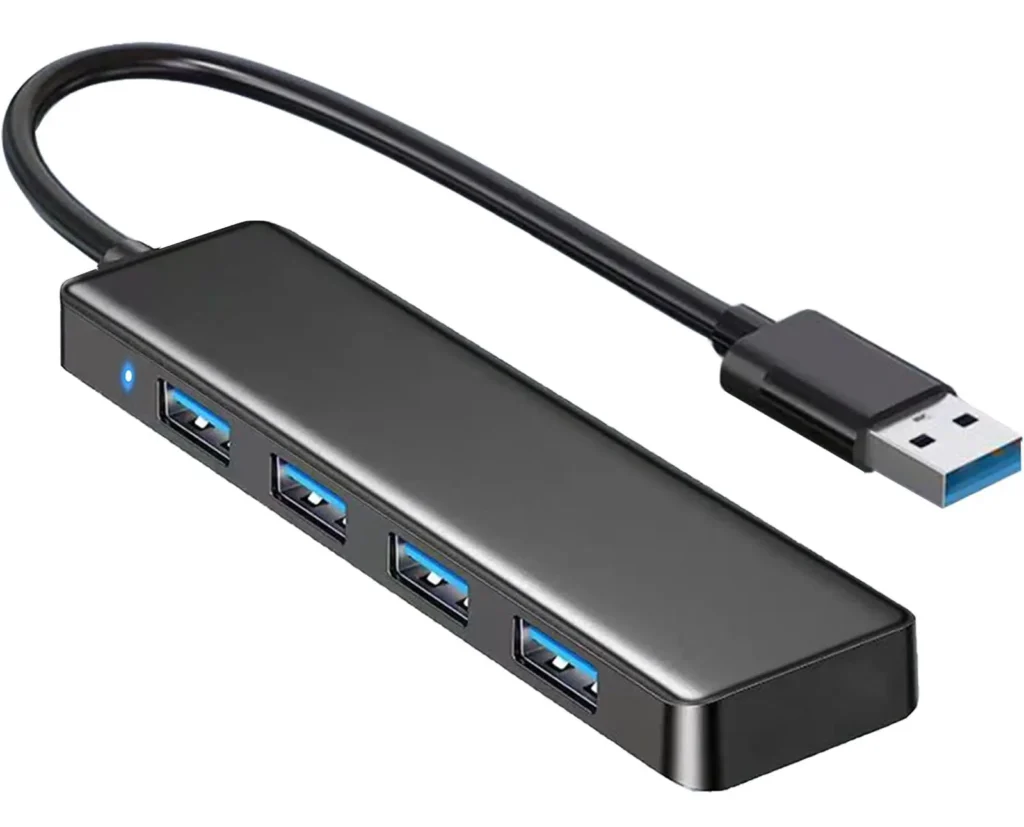Let’s say you’re settling in at a café to get some work done on your laptop. You connect your mouse, but then remember that your external drive and charger need ports too, and your thin machine only has one USB port to spare. This is where a port hub for laptop comes in—a small gadget that turns a single connection into a gateway for multiple devices. It’s not just about adding ports; it’s about making your laptop more versatile, whether you’re working, gaming, or streaming. Let’s walk through what this tool is, how it fits into your daily setup, and why it’s become a must-have for modern laptop users.
Table of contents
What Is a Laptop Port Hub?
A laptop port hub is really an expander. You plug it into one of the ports on your laptop, usually a USB-A or USB-C port, and it gives you multiple new locations to plug your devices into. It is essentially a power strip for your devices, but instead of electrical outlets, you get USB ports, an HDMI output, or even an Ethernet port.
These hubs come in all sizes and shapes—some as small as a credit card, weighing only a few ounces, while others are a little bigger with more features. They’re designed to solve an increasingly common issue: as laptops get thinner, they include fewer ports.
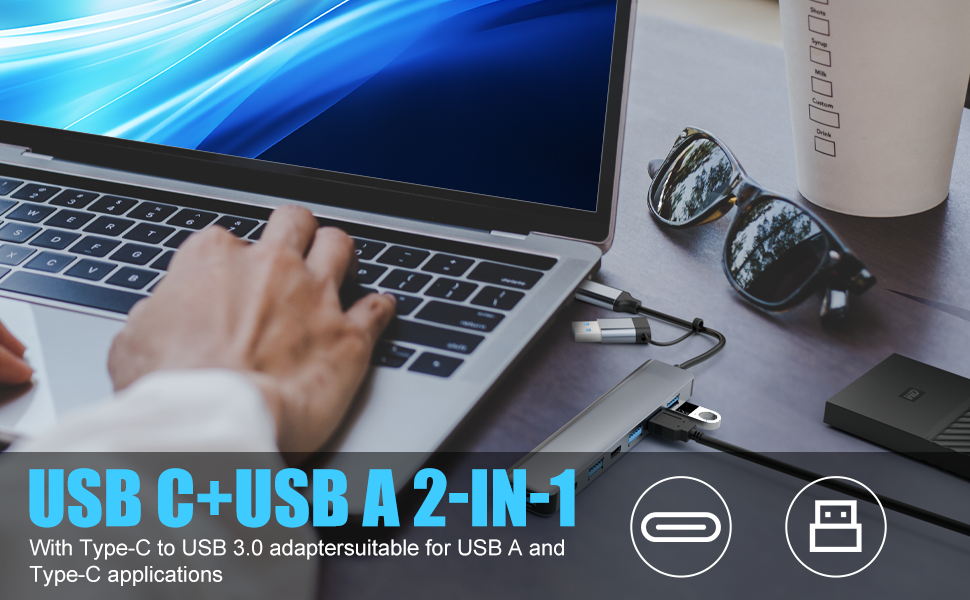
How Does a Port Hub Work?
When you connect the hub, it links to your laptop through a single cable. Internally, a tiny controller manages the flow of data and power to each port. If it’s a basic USB hub, it might split one USB 3.0 port (5 Gbps) into four or five new ones. More sophisticated hubs, especially those using USB-C, can support:
- Video output to an external monitor
- Network interfaces (Ethernet connections)
- Power passthrough to charge your laptop
The magic lies in how it balances these tasks—ensuring your mouse clicks register instantly, your video streams smoothly, and your files transfer without issues.
Why Do You Need a Laptop Port Hub?
1. Expand Your Laptop’s Connectivity
A port hub allows you to connect multiple devices at once, solving the problem of limited ports on modern laptops.
For example:
- A student might connect a second display, a USB drive, and a wired mouse—all through one hub.
- A traveling gamer can hook up a portable monitor, keyboard, and headset without juggling cables.
These hubs typically draw power from the laptop itself (0.5–1 watt for basic models), though power-hungry devices like external hard drives or high-resolution displays may require an external power adapter.
2. Regain Functionality on Thin Laptops
Laptops like the MacBook Air or Dell XPS often have only two or three ports. A USB-C hub can restore flexibility, providing:
- USB-A ports for older peripherals
- HDMI output (4K at 60Hz)
- SD card slots for photographers
- Passthrough charging (up to 100W) to keep your laptop powered while using multiple devices
3. Create a Mobile Workstation
For remote workers, a hub can transform a laptop into a full-fledged workstation by enabling:
- Gigabit Ethernet (for secure and fast internet)
- Dual monitors for multitasking
- A keyboard and mouse for better workflow
Photographers and illustrators can also streamline their workflow by connecting a drawing pad, camera, and external hard drive all at once.
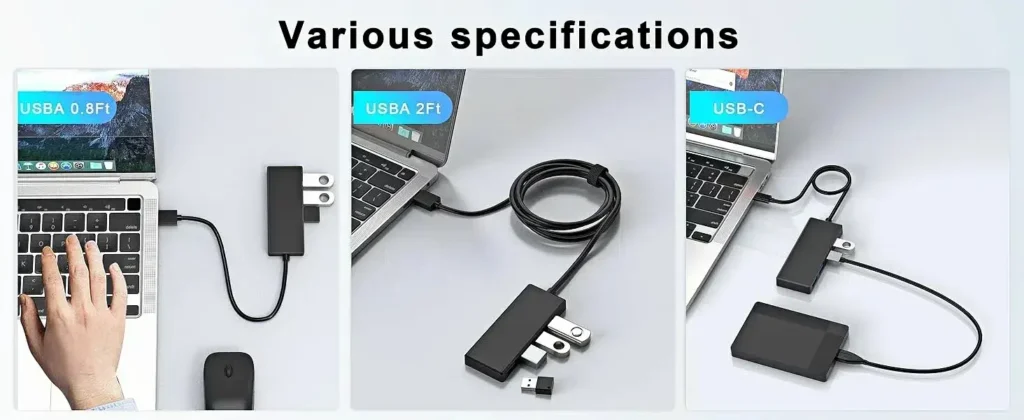
Potential Drawbacks of Port Hubs
While incredibly useful, port hubs aren’t perfect. Here are some potential limitations:
- Shared Bandwidth: A 5 Gbps USB 3.0 hub shares its speed across all active devices, so transferring large files while streaming video can slow performance.
- Power Constraints: Unpowered hubs struggle with high-draw devices, sometimes causing dropouts. A 2023 TechRadar survey found 15% of users encountered power limits with unpowered hubs.
How to Choose the Right Port Hub
Your choice depends on how you use your laptop:
- For Basic Users: A small, four-port USB-A hub is ideal for connecting a mouse, keyboard, and flash drive.
- For Content Creators: A hub with HDMI (4K 60Hz) and SD card slots is essential for media work.
- For Gamers & Power Users: A USB-C hub with passthrough charging (up to 100W) and multiple ports for peripherals ensures smooth performance.
🔹 Tip: Check your laptop specs—not all USB-C ports support DisplayPort Alt Mode (needed for video output).
Setting Up a Port Hub
It’s plug-and-play:
- Connect the hub to your laptop’s USB port.
- Your system auto-detects new connections (Windows/macOS).
- If using HDMI or Ethernet, adjust your display or network settings as needed.
For power, a 20W power bank can run a basic hub for hours, but high-power hubs need a wall adapter.
Why It Matters
Laptops are powerful tools, but their limited ports can restrict productivity. A port hub for laptops solves this issue, making your device more versatile and efficient.
Whether you’re:
- A college student managing assignments
- A remote worker juggling multiple peripherals
- A gamer setting up a mobile battle station
A port hub maximizes your laptop’s potential.
ONext – Smart, Compact, and Ready
At ONext, we design port hubs to fit your life—compact, smart, and powerful. Next time you’re staring at a single laptop port, you’ll know there’s an easy fix.
